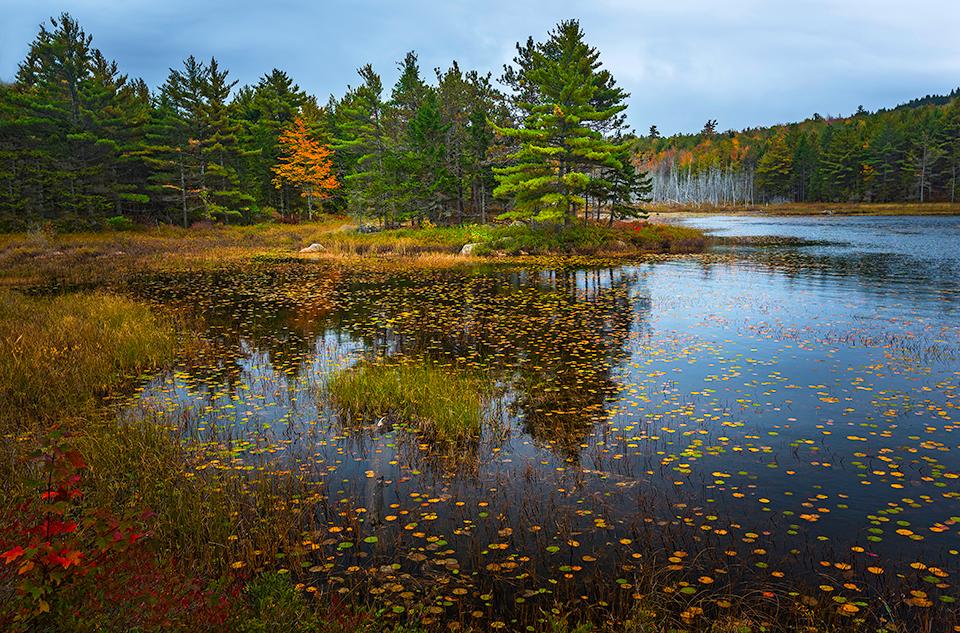
An autumn scene in Acadia National Park / Rebecca Latson
Continuing with quiz and trivia pieces focusing on parks and protected lands supported by various groups which also support the Traveler, I am presenting you with “The Acadia Edition.” This quiz piece is all about Acadia National Park, as a way of saying “thank you” to Friends of Acadia, a group that works with the park “to identify places and projects where FOA’s effective mix of private philanthropy, volunteerism, innovative leadership, and strong partnerships will most benefit the park’s critical needs.”
For those of you who have visited Acadia, test your knowledge and see how much you really know about this beautiful park located in Maine. For those of you who have not yet visited the park, read through this quiz and learn a little bit in the process. You’ll definitely want to add this place to your bucket list.
1. The Wabanaki – “People of the Dawnland” – have inhabited Maine for 12,000 years. Mount Desert Island and Acadia National Park have remained in the center of Wabanaki traditional homelands for thousands of years. Wabanaki is the collective name for four distinct tribes: Maliseet, Passamaquoddy, Penobscot, and ____
a) Cayuga
b) Onondaga
c) Seneca
d) Micmac
2. Two species of carnivorous plants can be found in Acadia National Park: Sundews and __
a) Pitcher plants
b) Flytraps
c) Waterwheels
d) Bladderworts
3. True or false: Roughly 50 percent of Acadia is considered wetland.
a) True
b) False
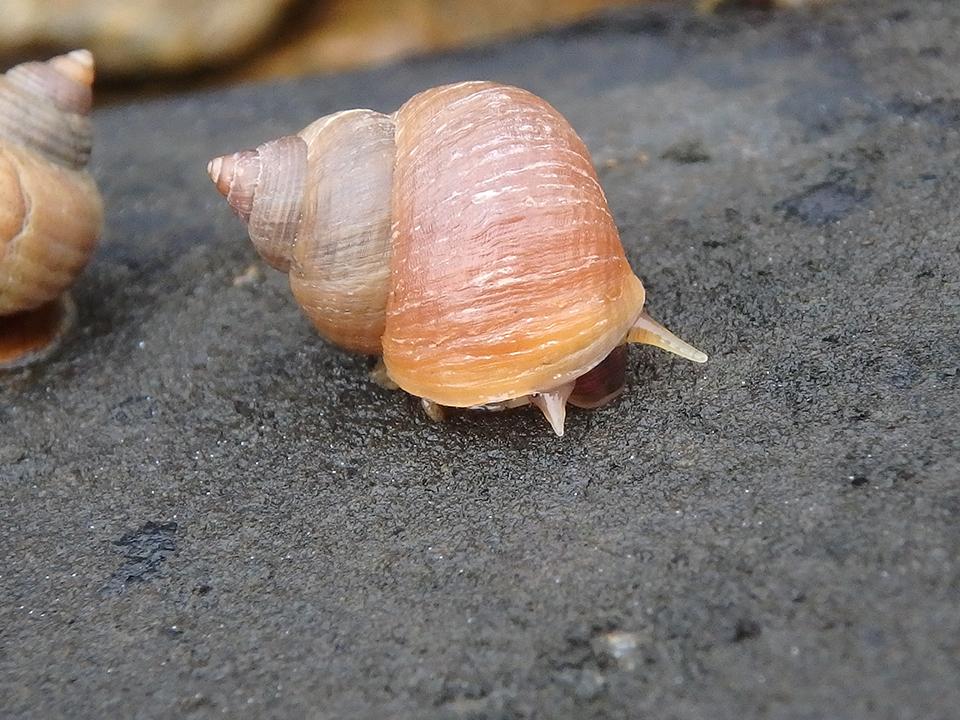
Close-up of a rough periwinkle, Acadia National Park / NPS-Crystal Lewis
4. In Acadia National Park, there are over 40 miles of rocky shoreline on which to view organisms found in the intertidal zone (the shore between high and low tides). Among the animals found within the intertidal zone are periwinkles (marine snails). How many types of periwinkles can be found in Acadia?
a) 1
b) 2
c) 3
d) 4
5. When you think of Acadia, you think of Maine, and when you think of Maine, you think of lobster, right? American lobsters thrive in the Gulf of Maine, a shallow region approximately 500 feet deep that surrounds the national park. True or False: Mature lobsters have claws of equal size.
a) True
b) False

Bass Harbor Lighthouse, Acadia National Park / Rebecca Latson
6. True or False: Bass Harbor Light is the only lighthouse managed by Acadia National Park.
a) True
b) False
7. The Civilian Conservation Corps (CCC) was stationed at Acadia National Park for nine years. The young men “put to work in the service of nature” had a nickname:
a) The Nature Boys
b) The Tree Army
c) The Mountain Militia
d) The Acadia Acorns

A view atop Cadillac Mountain, Acadia National Park / Rebecca Latson
8. A visit to Acadia National Park is not complete without driving or hiking up to the top of Cadillac Mountain, formerly known as Green Mountain. True or False: there was once a hotel at the top of Cadillac Mountain.
a) True
b) False
9. True or False: This national park in Maine has had four official names.
a) True
b) False

A carriage road through the tunnel, Acadia National Park / Rebecca Latson
10. According to the National Park Service, there are ____ miles of carriage roads winding through Acadia National Park.
a) 25
b) 35
c) 45
d) 55
Trivia
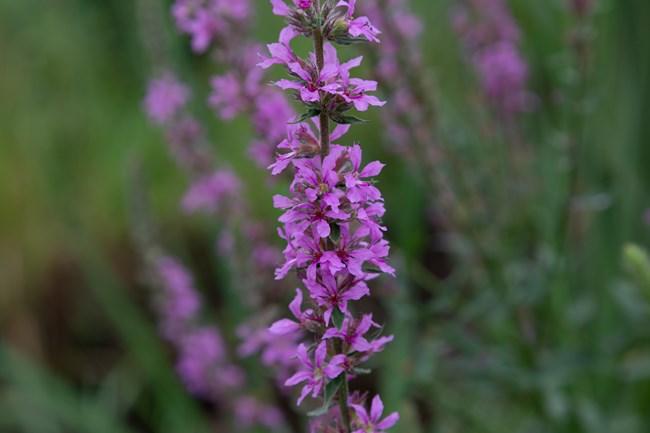
Purple loosestrife, Acadia National Park / NPS-Will Greene
Acadia National Park, like other parks, has its share of invasive species. According to the National Park Service, “nearly a third of the park’s plant species are non-native, and some of these species are extremely invasive and threaten the integrity of our natural communities. You will find invasive plants spreading into the more pristine and less disturbed areas of Acadia’s forests, wetlands, and islands.” Some of these plants look very pretty, indeed, like the purple loosestrife, but they fight for space alongside native plant species. To read more about invasive plants in this national park, click here.
Here's some more interesting trivia about sea snails that you might see in Acadia’s intertidal zone: not only can sea snails sense when a predator is nearby (like crabs) from clues such as crab pee, they can even grow thicker shells within 90 days to add an extra layer of protection from other nearby predators.

Thunder Hole, Acadia National Park / Justin Russell
The narrow rock crevice known as Thunder Hole not only provides an amazing photographic opportunity of spraying seawater, but also booms like thunder when the waves hit it just right. What causes that booming sound? There’s a small cavern at the bottom and when waves rush in, the air in the cavern is compressed. When enough pressure builds, that compressed air explosively releases, creating a thunderous boom. To hear it, though, you need to be there at just the right time – according to author James Kaiser of Acadia, The Complete Guide, that would be about two hours before high tide with about three-to-six feet of water.
Quiz Answers
1d
Native American peoples have inhabited the land we now call Maine for 12,000 years. Today four distinct tribes—the Maliseet, Micmac, Passamaquoddy and Penobscot—are known collectively as the Wabanaki, or “People of the Dawnland.” To learn more about the Wabanaki, click here.
2a
Pitcher plants have tall reddish purple blossoms often seen protruding from boggy areas in the spring and hollow leaves or pitchers. To see photos of each of these species and learn more about these “mini monsters” and how they catch their prey, click here.
3b False
Roughly 20 percent of Acadia is considered wetland (marshes, bogs, and swamps). “They form the transition between terrestrial and aquatic environments, and contribute significantly to the health, productivity, and uniqueness of the region.” To read more about Acadia’s wetlands, click here.
4c
There are three types of periwinkles found at Acadia: the smooth periwinkle, which stays below water and can’t tolerate air, the common periwinkle, which can tolerate a little air, and the rough periwinkle, which prefers air and spends only a little bit of time in the water. To see more photos of intertidal animals found in Acadia National Park, click here.
5b False
Young lobsters start out with claws of equal size, but as they mature, they develop a preference for either the right or left claw. Sort of like being a right-hander or a lefty. Whichever claw they prefer ends up being the larger claw.
6b False
“Baker Island Head Light Station, Bass Harbor Head Light Station, and Bear Island Head Light Station are currently managed by Acadia, while the U.S. Coast Guard (USCG) maintains the light itself as an ATON. These three light stations represent the connection Acadia has to the nautical history of the area.” To read more about lighthouses in the park, click here.
7b
“This ‘Tree Army,’ as it became known, would be stationed in forests, parks, and rangelands throughout the United States and complete projects that would benefit both the land and CCC participants. In a letter to Congress, FDR wrote, ‘More important, however, than the material gains, will be the moral and spiritual value of such work.’ It was a time when people needed not just a job, but a purpose.” To read more about the CCC and their contributions to Acadia National Park, click here.
8a True
In the late 1800’s, visitors could take a cog railroad ride up to the top of the mountain and spend the night in the Green Mountain House, which was ultimately torn down. To learn more about Cadillac Mountain, click here.
9b False
Before it became Acadia National Park, it was called Sieur de Monts National Monument in 1916, then Lafayette National Park in 1919, and finally Acadia National Park, in 1929. To read more about founding Acadia, click here.
10c
“Forty-five miles of rustic carriage roads, the gift of philanthropist John D. Rockefeller Jr. and family, weave around the mountains and valleys of Acadia National Park. Rockefeller, a skilled horseman, wanted to travel on motor-free byways via horse and carriage into the heart of Mount Desert Island. His construction efforts from 1913 to 1940 resulted in roads with sweeping vistas and close-up views of the landscape.” To learn more about the famous carriage roads of Acadia National Park, click here.
References
Emily Hoff & Maygen Keller, Scenic Science of the National Parks, Ten Speed Press, 2020
James Kaiser, Acadia, The Complete Guide, Destination Press, 2018
https://acadiamagic.com/CadillacMountain.html
https://www.visitacadia.com/discover/green-mountain-house-railway/
https://www.mentalfloss.com/article/69386/11-pristine-facts-about-acadia-national-park

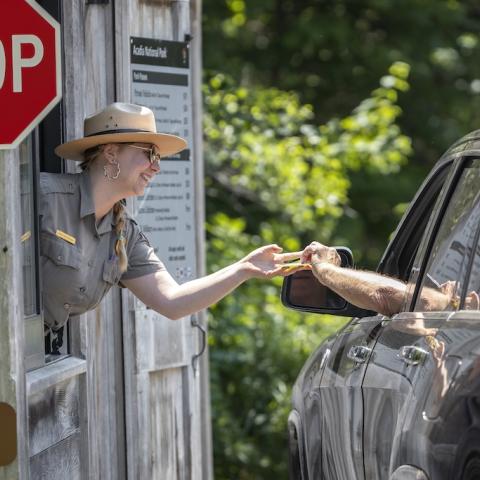
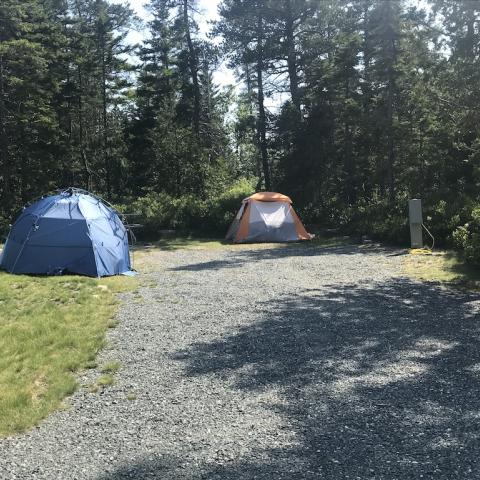
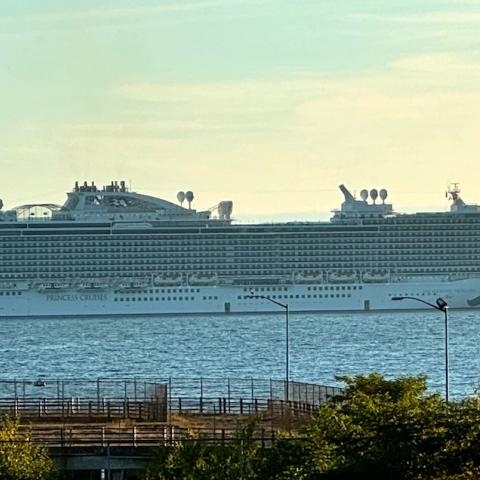
 Support Essential Coverage of Essential Places
Support Essential Coverage of Essential Places







Comments
Another fun, fact-filled quiz from the quiz-master Rebecca!! Thanks again!!